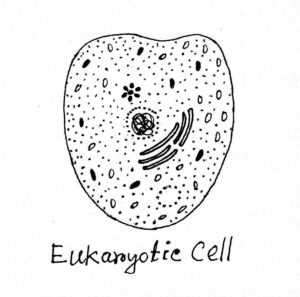
Dehiscence of Capsule and Methods of Spore Dispersal in Bryophytes
Dehiscence of the capsule and spore dispersal mechanism is the characteristic features of bryophytes. When the capsule is mature, it degenerates and liberated the spores. Some of the Bryophytes (Riccia,…









